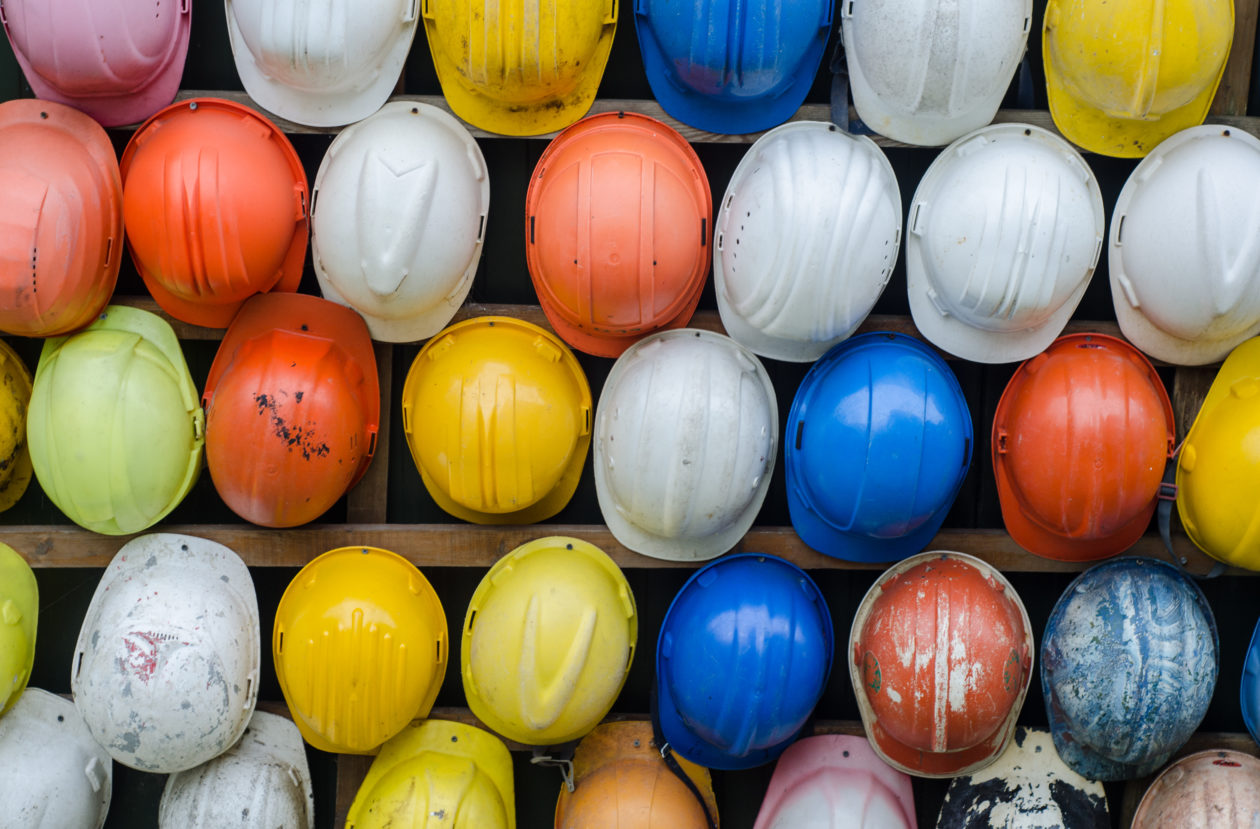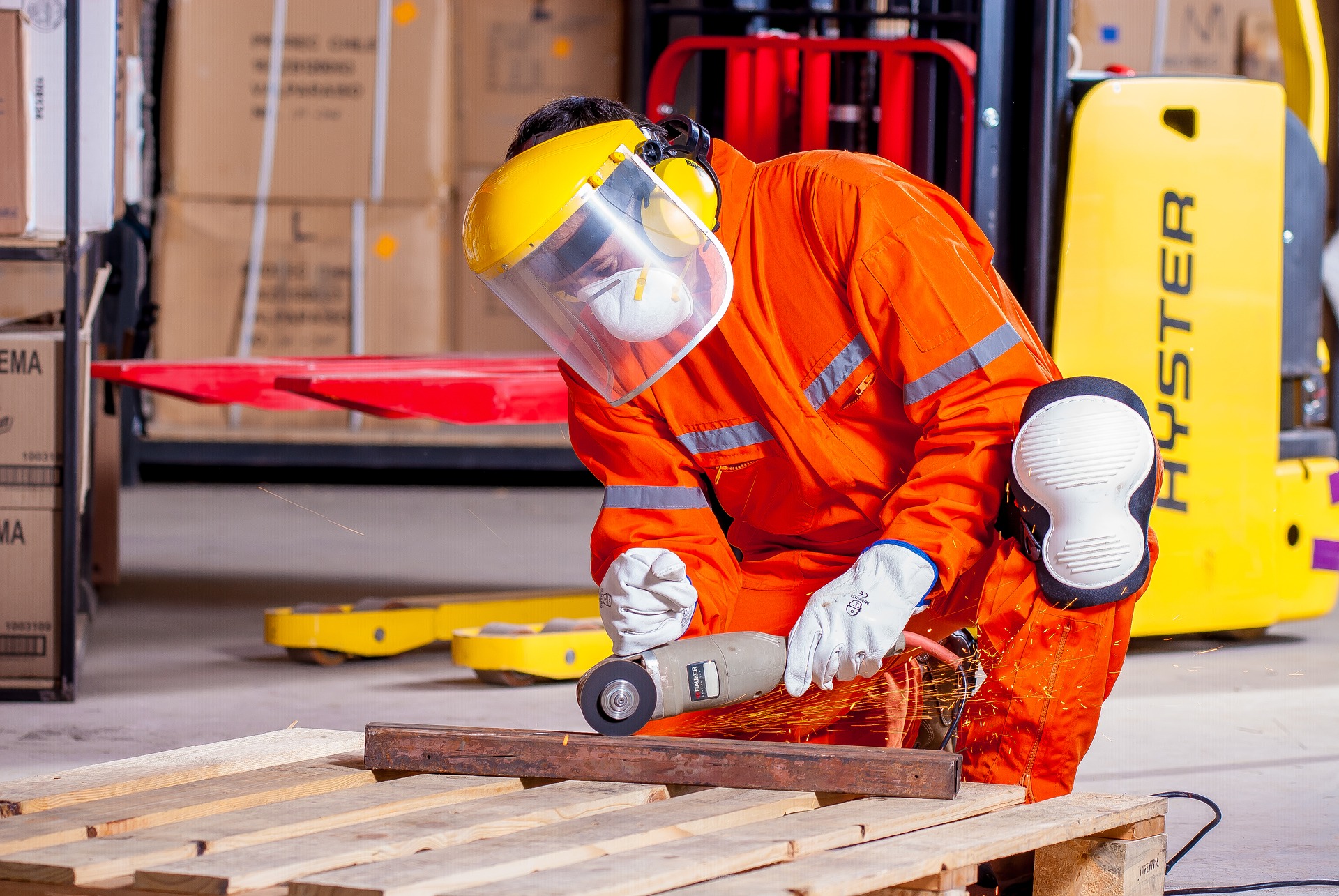
As the economy booms back from the Great Recession, there is a larger demand for new infrastructure, buildings, and more. The Bureau of Labor Statistics expects this trend to create around 758,400 new jobs from 2016 to 2026, as the constructive industry grows 11 percent over the decade.
As this field rapidly grows, many have concerns over the health and safety of construction employees. Stereotypes abound and misconceptions can hold people back. The truth is, the construction industry is innovative and always improving. Health and safety in construction are only getting better.
Misconception 1: Construction isn’t advanced
In a world where information jobs are booming, people who work with their hands can be seen as low-tech at best and old-fashioned at worst. Tech, however, has affected the entire world, and the construction industry is experiencing greater innovation every year.
Tech innovation in the construction industry is focused on increasing productivity and standards in the workplace. Both of these goals positivity impact the safety of workers, not to mention the bottom line. Safer workplaces are not only more productive, they are more profitable.
One of the most revolutionary trends hitting the industry is robotics. One Australian company, Fastbrick Robotics, partnered with construction juggernaut Caterpillar to further develop a robotic bricklayer that would decrease need for workers to complete the back-breaking task. Robotics has the potential to reduce the need for human labor in risky situations and boost workplace safety.
Another company, Esko Bionics, is developing exoskeletons to improved everyday work. One exoskeleton improves mobility for those with spinal cord injuries, and a robotic arm is being developed to prevent repetitive stress injuries from wielding heavy-duty construction tools.

While Esko Bionics seeks to augment the human skeleton, 5D Robotics is augmenting vehicles, transforming any existing vehicle into a smart autonomous vehicle. Smart buildings and internet connectivity are also changing the construction industry. Drones are being developed to collect aerial data and connect the office to the field, where safety measures can be monitored.
Wearable technology is another big leap forward for safety. There are now smart hats with several safety features like fall detection and remote guidance, and monitoring systems that boost visibility in the workplace.
Misconception 2: Rules and regulations are immutable/unchangeable
Construction does and always will carry a certain amount of risk. The Occupational Safety and Health Administration (OSHA) categorizes construction as a “high hazard” industry and therefore has extensive regulations to ensure safety on the jobsite. Compliance with these rules is a must for any construction site.
Detailed rules, regulations, and other resources are available on the OSHA website. Every construction worker and manager should be aware of the regulations, taking special care to prevent the “fatal four:” falls, struck by object, electrocutions, and caught in/between.
Yet each and every site is unique. OSHA can’t have safety rules or a handbook for every situation. It is the responsibility of jobsite managers to not only comply with the rules but also to be proactive in recognizing when a situation is dangerous outside of the rules.
In fact, OSHA recognizes with the General Duty clause that there are occasions where employers must identify and fix hazards in the place of employment outside of those identified by the OSHA guidelines.
Misconception 3: Safety is the responsibility of the managers
According to the International Risk Management Institute, separating safety into its own department is a dangerous undertaking. Doing so can transfer all of the responsibility for safety onto the leaders of the department, hindering the flow of communication.

Even if there isn’t a separate department dedicated to safety, sometimes employees automatically transfer all the responsibility for safety onto the jobsite manager. Although the jobsite manager should be vigilant about OSHA compliance and safety on the site, in reality, every employee should work to ensure the safety of every person.
In a similar manner, the IRMI points out that safety programs can often just be a checkmark for OSHA. Instead, safety programs should be actionable and implemented every day for the desired outcomes.
The construction industry is building the future, yet it is still a risky field. However, health and safety are improving every year with greater innovation and technology. If every worker on a jobsite can be proactive, going beyond OSHA compliance and the responsibility of managers, safety can be improved even more.
This article was contributed by Vince West, WorkBootCritic.


Discussion
Be the first to leave a comment.
You must be a member of the BuiltWorlds community to join the discussion.